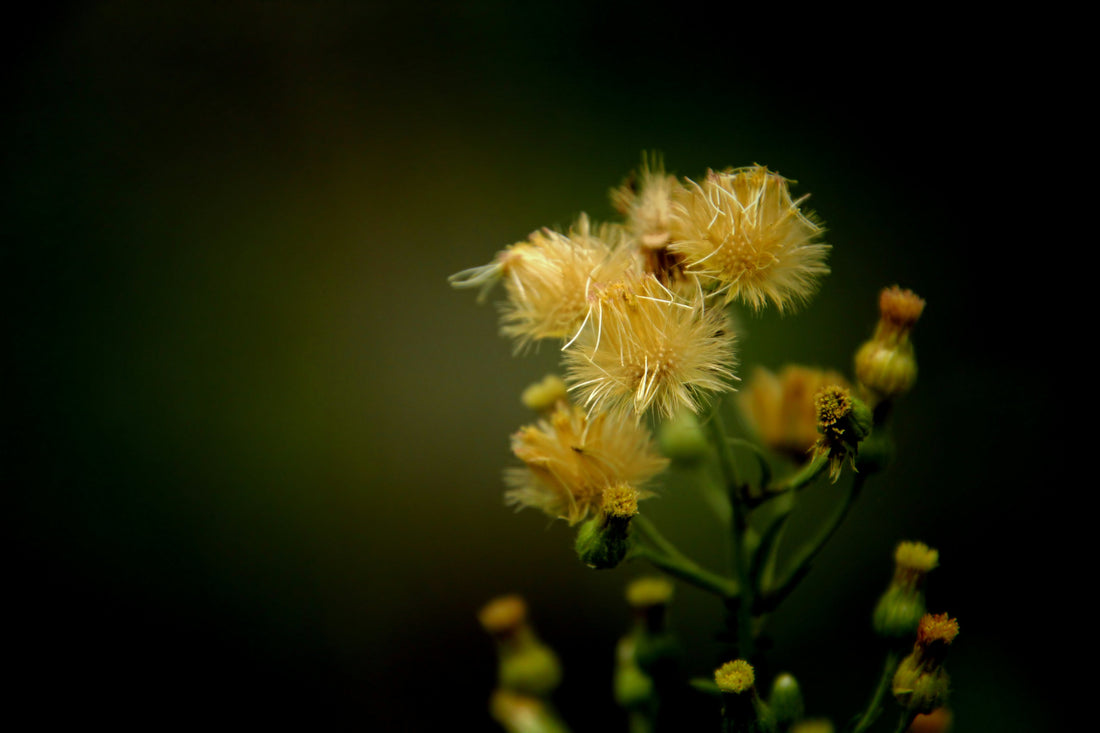Honey is more than just a delicious natural Science Rediscovers Nature’s Healer
For centuries, honey has been treasured in traditional medicine—but now, modern science is catching up. Researchers are uncovering strong evidence supporting honey’s antibacterial, antioxidant, and wound-healing benefits.
Studies confirm that honey can combat a broad spectrum of bacteria, some fungi, and even certain viruses. Its natural composition—low water content, acidic pH, and hydrogen peroxide—creates an environment where harmful microbes can’t thrive. Add to that a rich mix of flavonoids and phenolic acids, and you’ve got a natural antioxidant powerhouse that helps reduce inflammation and oxidative stress.
One of the most impressive discoveries is Manuka honey, made by bees in New Zealand and Australia that gather nectar from the Leptospermum scoparium plant. Its high levels of methylglyoxal (MGO) give it remarkable antibacterial strength, making it a go-to option in medical-grade wound care and a subject of ongoing research in the fight against antibiotic-resistant infections.
With the growing interest in holistic and natural treatments, honey is once again earning its place in both homes and hospitals around the world. sweetener—it’s one of the oldest healing substances known to humans. Made from flower nectar and processed by bees inside their hives, honey has been used as both food and medicine for thousands of years. In fact, its use can be traced back over 8,000 years, as shown in Stone Age cave paintings.
What makes honey so special is its complex mix of over 200 natural compounds. It’s packed with sugars like fructose and glucose, but also contains amino acids, vitamins, minerals, antioxidants, and enzymes. These powerful ingredients vary depending on the flowers bees visit, giving different types of honey unique health properties.
Across ancient civilizations—from Egypt and Greece to China and India—honey was widely used to treat wounds, gut issues, and infections. Today, modern science is catching up. Research has shown that honey can fight bacteria, viruses, and fungi. It also has strong antioxidant and anti-inflammatory effects, and may even support heart health and help reduce the risk of some cancers.
In this blog, we’ll explore honey’s remarkable journey through time, uncovering how it became a treasured remedy in traditional healing systems—and why it continues to play a vital role in natural medicine today.
Traditional Uses of Natural Honey Across Cultures
Ancient Egypt:
In ancient Egypt, honey was considered one of the most important healing substances—appearing in 500 out of 900 known remedies. One of the oldest medical texts, the Smith Papyrus (dating back to around 2600–2200 B.C.), includes a wound salve recipe made from grease, honey, and plant fibers. Honey was so essential that it was commonly mixed with other ingredients like wine and milk in medicinal preparations. Beyond medicine, Egyptians also offered honey to their gods as a sacred gift and even used it in the embalming process. Its antibacterial qualities made it especially valuable for treating infected wounds and as a soothing topical ointment.
Traditional Chinese Medicine (TCM):
In Traditional Chinese Medicine, honey is valued for its “balanced nature”—neither too Yin nor too Yang—and is associated with the Earth element. It’s believed to support the lungs, spleen, and large intestine, making it a versatile remedy in TCM. As early as 2,000 BC, the legendary herbalist Shen Nong mentioned honey for its medicinal benefits. It was traditionally used to treat bacterial infections, soothe gastrointestinal issues, ease joint pain from rheumatoid arthritis, and help heal wounds. Honey’s gentle, harmonizing qualities made it a go-to remedy for restoring internal balance and promoting overall wellness.
India’s Ayurveda:
In Ayurvedic medicine, which originated in ancient India, honey—known as madhu—has long been regarded as a powerful natural remedy. Ayurvedic texts describe eight distinct types of honey, each with its own therapeutic qualities and applications.
Honey is used in Ayurveda to treat a wide range of health issues, including eye disorders, respiratory problems like cough, blood-related conditions, digestive issues, and even diabetes. Each type of honey is believed to target specific ailments:
• Makshikam – Used for eye conditions, hepatitis, and tuberculosis
• Bhraamaram – Helps stop blood in vomit
• Kshoudram – Known to support diabetes management
• Pauthikam – Treats urinary infections
• Chathram – Fights intestinal worms
• Aardhyam – Useful for cough and anemia
• Ouddalakam – Traditionally used for leprosy and detoxification
• Daalam – Aids in digestion
Ancient Greece:
In ancient Greece, honey wasn’t just food—it was sacred. So much so that bees were stamped on Ephesian coins for nearly 600 years. The great physician Hippocrates, often called the father of modern medicine, praised honey for its healing abilities as early as the 4th century BC. He wrote that honey could clean wounds and ulcers, soften hardened skin, and heal persistent sores.
The Greeks also created medicinal drinks using honey. One such remedy, oenomel—a mix of honey and unfermented grape juice—was commonly used to treat gout and nervous disorders. Hippocrates himself used honey in many treatments, including for coughs, sore throats, and even baldness. He often blended honey with vinegar to make oxymel, a natural pain reliever. The Greeks even believed that regular consumption of honey could extend life—a sweet secret to longevity.
Africa and Indigenous Traditions:
In traditional African societies, honey has held a deeply valued place for centuries, serving not just as a food source but also as a powerful medicine, a ceremonial offering, and even a form of currency. Its importance is deeply rooted in history, with archaeological evidence pointing to honey’s role in prehistoric African communities, particularly in regions like West Africa.
Medicinally, honey has been used across the continent to treat a wide range of ailments. In South African traditional medicine, for example, it has long been used to soothe sore throats, ease coughs, and treat skin infections and wounds thanks to its natural antibacterial and anti-inflammatory properties. Its effectiveness in respiratory and topical healing made it a staple in many indigenous healing practices.
Beyond its physical benefits, honey is also spiritually significant in many African cultures. It has been used in rituals and healing ceremonies, often symbolizing purity, renewal, and life. In some communities, honey was even considered sacred, offered to ancestors or deities during important rites of passage or spiritual events.
Interestingly, honey has also served as a form of exchange in certain African societies, functioning as a traditional currency traded for goods and services—highlighting not just its medicinal and spiritual worth, but its economic value as well.
These diverse uses reflect the deep connection between African communities and nature, where honey is respected not just for its sweetness, but for its role in healing, trade, and spiritual life—long before modern science began to understand its complex properties.
Science Rediscovers Nature’s Healer
For centuries, honey has been treasured in traditional medicine—but now, modern science is catching up. Researchers are uncovering strong evidence supporting honey’s antibacterial, antioxidant, and wound-healing benefits.
Studies confirm that honey can combat a broad spectrum of bacteria, some fungi, and even certain viruses. Its natural composition—low water content, acidic pH, and hydrogen peroxide—creates an environment where harmful microbes can’t thrive. Add to that a rich mix of flavonoids and phenolic acids, and you’ve got a natural antioxidant powerhouse that helps reduce inflammation and oxidative stress.
One of the most impressive discoveries is Manuka honey, made by bees in New Zealand and Australia that gather nectar from the Leptospermum scoparium plant. Its high levels of methylglyoxal (MGO) give it remarkable antibacterial strength, making it a go-to option in medical-grade wound care and a subject of ongoing research in the fight against antibiotic-resistant infections.
With the growing interest in holistic and natural treatments, honey is once again earning its place in both homes and hospitals around the world.
Conclusion
Across continents and centuries, honey has held a special place in the world of healing. Whether in the sacred rituals of Africa, the Ayurvedic texts of India, or the ancient scrolls of Egypt, it has been celebrated not just as a food, but as a powerful natural medicine. Civilizations across time understood what science is now proving: honey supports health in remarkable ways.
Modern research continues to validate honey’s therapeutic value, confirming its ability to fight bacteria, reduce inflammation, and protect against oxidative damage. Unique types like Manuka honey have even gained clinical approval for their potent antibacterial effects, especially in wound care and infection control.
Honey’s story is a rare blend of tradition and science—a natural remedy with centuries of use and modern evidence to back it up. As we move toward more holistic health practices, honey stands out as a symbol of the deep wisdom found in nature. Whether used at home or in hospitals, its role in healing continues to grow, proving that some of the best medicine has always been within reach—in the humble work of bees.

